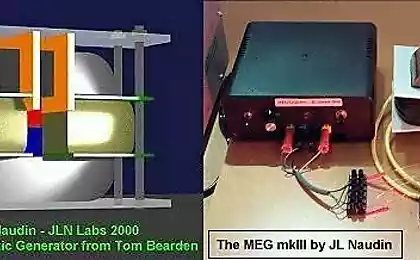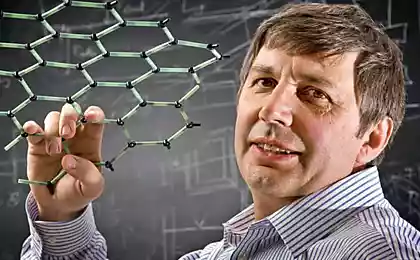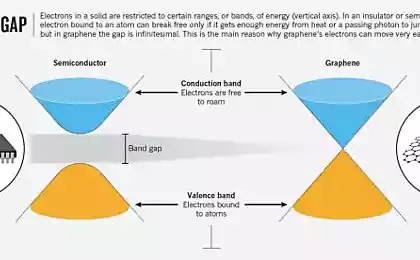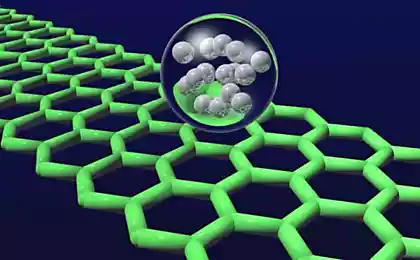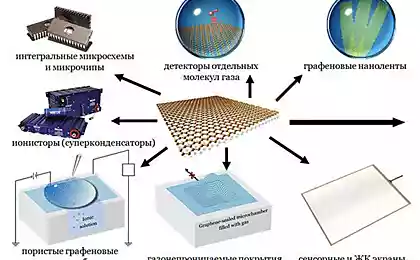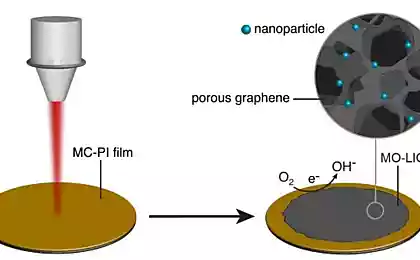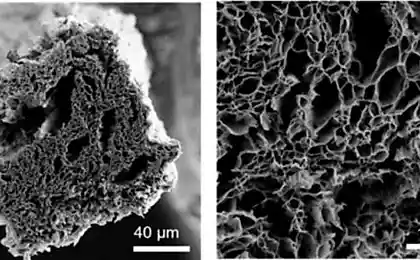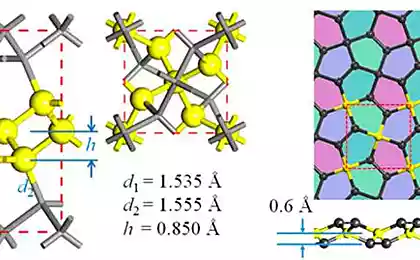191
Cannabis can replace graphene

Hemp has long served people faithfully, but as drug addiction has expanded, it has become an enemy. Many countries have abandoned its cultivation, and even completely banned cultivation in any form. Nevertheless, both the former merits and new hitherto unknown qualities of the plant attract the attention of researchers.
After a long ban, hemp is returning to the United States, in connection with which the Canadian startup intends to present the results of its work to the American Chemical Society, indicating that the plant can make a significant contribution to the creation of efficient energy storage devices.
We are talking about supercapacitors, which have a huge potential to power electronics and replace the now common batteries.
The fundamental difference in the performance properties of capacitors and batteries is that the former are able to charge and give charge within a few seconds, while the latter require a long time.
However, this advantage of capacitors today is not used due to the fact that they are not yet able to provide the same energy density as batteries. In other words, at the same volume, capacitors can store significantly less energy than chemical batteries.
One approach to increasing the specific energy density of capacitors is to create efficient electrodes. The vast majority of researchers are experimenting with graphene, but Dr. David Mitlin of the University of Alberta has figured out how to replace expensive graphene with hemp fibers.
“The electrochemical characteristics of our device are on par or even better than the graphene-based devices,” he said. A key advantage is that our electrodes are made from biowaste using a simple process. They are therefore much cheaper than graphene.”
Graphene is a strong and lightweight material consisting of several layers of carbon, the thickness of which is comparable to the size of an atom. The unique properties of graphene are ideal for use in industries ranging from solar panels to water filters. There is only one problem, graphene is quite expensive.
In search of a replacement for the expensive material, Mitlin and his colleagues drew attention to lub, the fibre of hemp bark that is most often sent to waste, while other parts of the plant are used in the production of clothing and building materials.
Scientists have long suspected the value of these fibers, but have not been able to find the right way to process raw materials. According to Mitlin, his group managed to get to the secret. “The trick is to really understand the structure of the material and come up with how to process it to get undeniably amazing properties,” he said.
Mitlin’s group found that if the fibres heated to about 180 degrees Celsius were held for a day and then sharply raised the temperature, they began to layer into carbon nanoplates.
This hemp-derived carbon, the researchers used to create the electrodes of a supercapacitor filled with an electrolyte from an ionized liquid. The resulting device has improved properties, both in energy density and temperature range in comparison with supercapacitors based on traditional graphene.
The energy density of the “hemp” supercapacitor, which maintains efficiency in a wide range of temperatures, reaches 12 watt-hours per kilogram of weight, which exceeds the characteristics of commercial analogues by 2-3 times.
“We have passed the stage of proving the correctness of the principle of creating full-function supercapacitors, and we are preparing for production in small series,” Mitlin said.
Source: facepla.net



